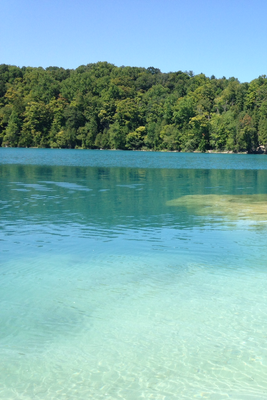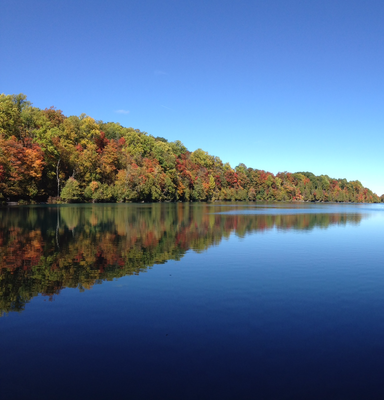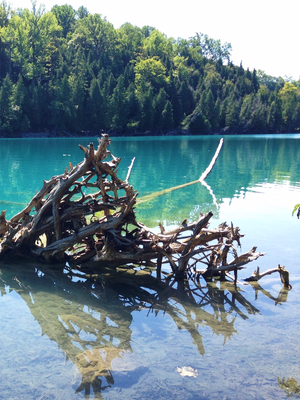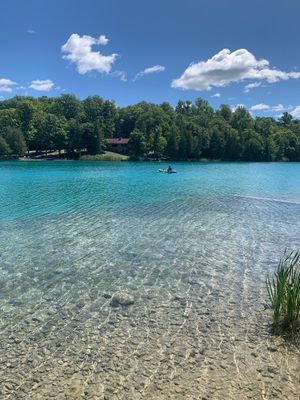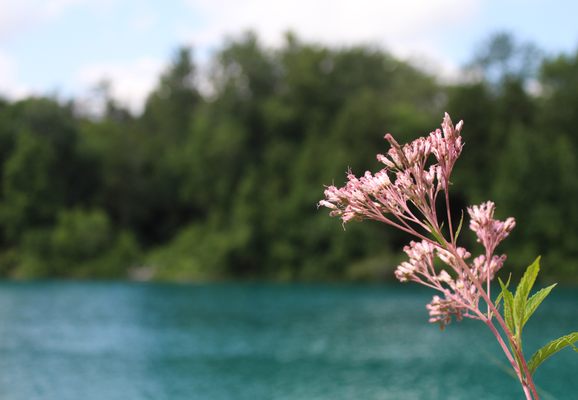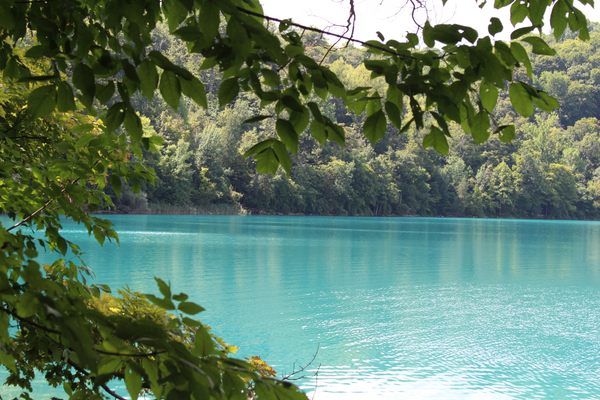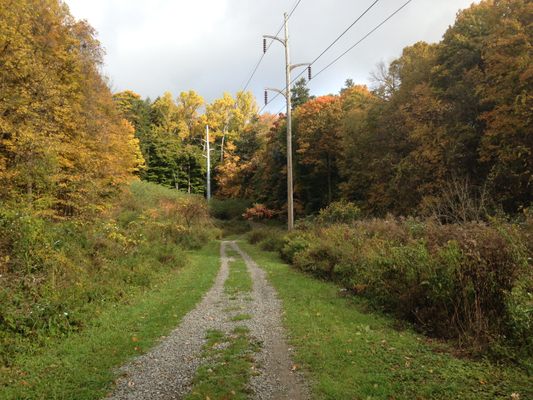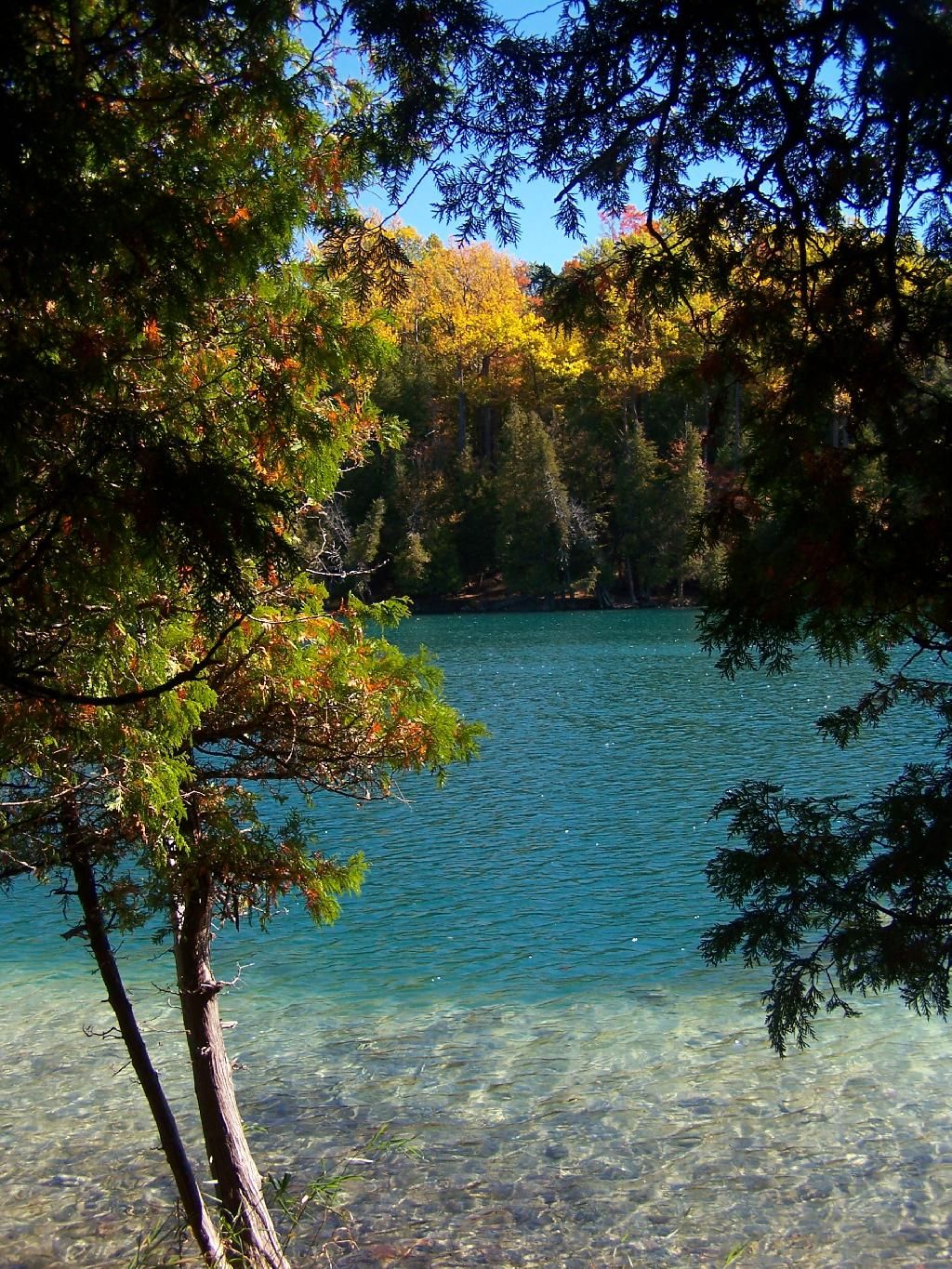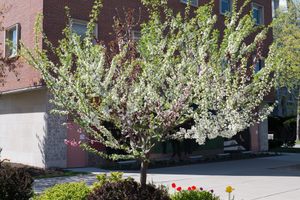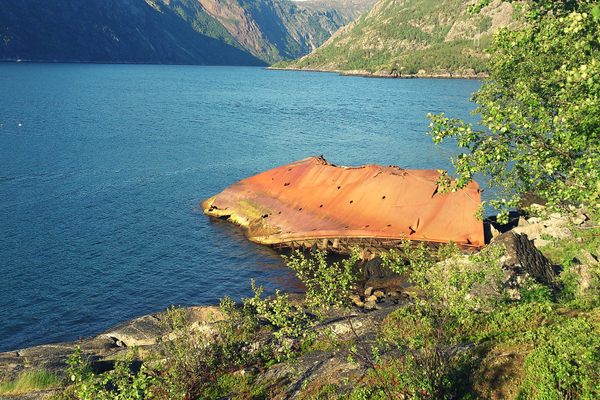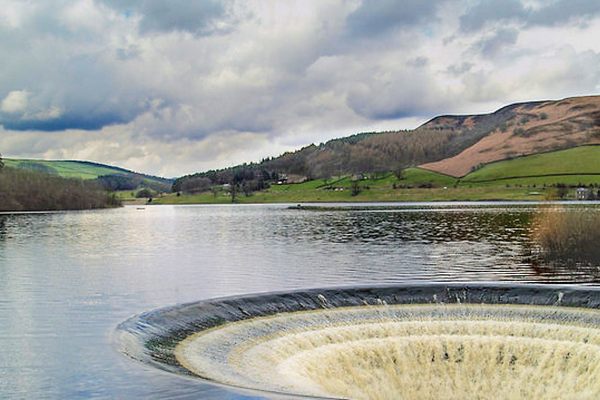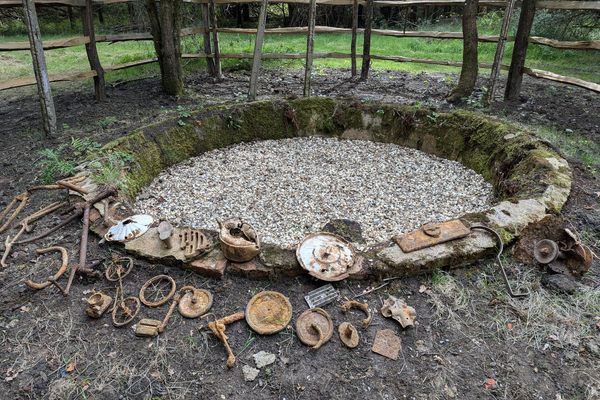About
Green Lakes State Park, hidden in the upstate New York town of Fayetteville, boasts a pair of rare lakes with surprisingly tropical blue waters and a remarkable geologic makeup — but that's not all there is to this wooded parkland.
The lakes that give this park its name are of a rare breed: Green Lake and Round Lake are both meromictic lakes, of which there are only about a dozen in the U.S. and just over 50 in the entire world. Meromictic lakes don't see any of the normal seasonal mixing between water layers that lakes typically see, so their warmer surface waters stay eternally separate from the cold, mineral-saturated waters below. As such, anything that sinks to the the depths of these lakes stays there in a state of near-suspended animation, protected from the tick of time by the frigid, densely briny environment. Meromictic lakes are a sort of portal to the past, providing valuable glimpses of ancient plant and animal life.
The unique blue-green color of Green Lake and Round Lake comes from a combination of factors: the lakes' considerable depths (180 feet for Round Lake, 195 feet for Green Lake) plus the lack of turbulence allows sunlight to penetrate much deeper than is normal for most lakes. Added to this are high concentrations of calcium, magnesium, and sulfur from dissolving limestone, as well as rare species of aquatic algae and bacteria that thrive here, all of which contribute to producing a Caribbean aquamarine.
Green Lake is one of the most thoroughly-studied meromictic lakes in the world, but that doesn't mean it's lacking in the spooky legends department. Deadman's Point, a natural reef created by the aforementioned bacteria that precipitate calcium from the water, is so named because of rumors of a strong current that flows beneath it; swim down below the point, local legend says, and you'll never surface again. (It should be noted that swimmers diving below Deadman's Point in search of their doom will be disappointed to find, instead, only extremely rare aquatic mosses and sponges.)
Green Lake's north shore features a swimming beach where you can splash safely in these ancient waters or rent boats to paddle around the lake's glassy surface. Or simply stroll on the path that rings the lake for stunning views of the trees reflected in the still blue, as the surrounding wilderness is one of the largest old-growth forests in the northeastern United States, perfect for trail running, hiking, and biking.
The park itself also has its own fascinating history. It was created during the Great Depression as part of the New Deal, its sandy beach and park buildings built by the hands of veterans of the Spanish-American war. The construction camps were reopened in 1944 to host migrant workers from Newfoundland during World War II. In 1945, Green Lakes was transformed into a P.O.W. camp for German captives — all of whom were repatriated when the camp closed in 1946 and the park turned over to the public's enjoyment once more.
Related Tags
Community Contributors
Added By
Published
February 24, 2016
Sources
- http://www.ilovethefingerlakes.com/recreation/stateparks-greenlakes.htm
- http://www.nnyliving.com/index.php/2013/10/20/history-lurks-below-the-surface-new-york-is-home-to-six-of-nations-36-meromictic-lakes/
- http://nyfalls.com/lakes/green-lakes-state-park/
- https://en.wikipedia.org/wiki/Green_Lakes_State_Park
